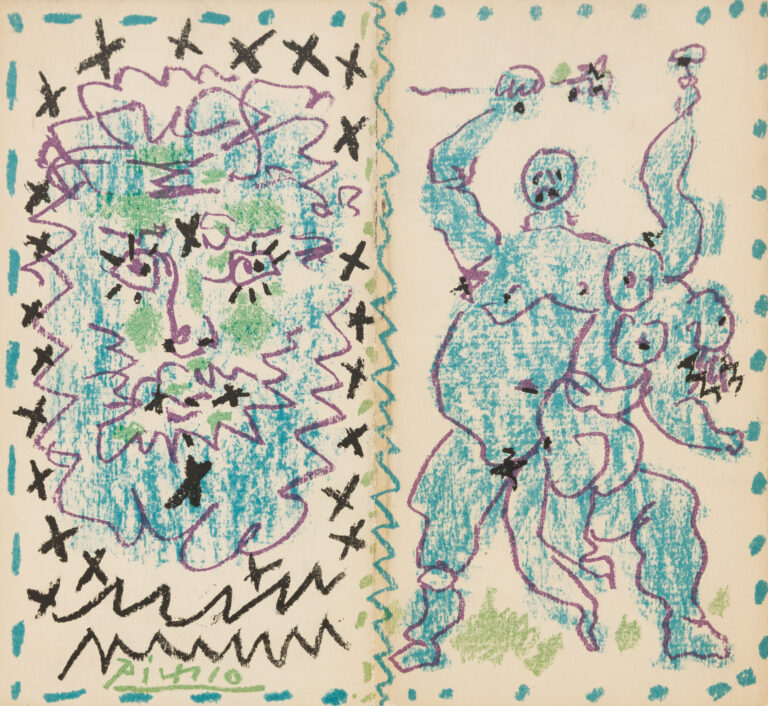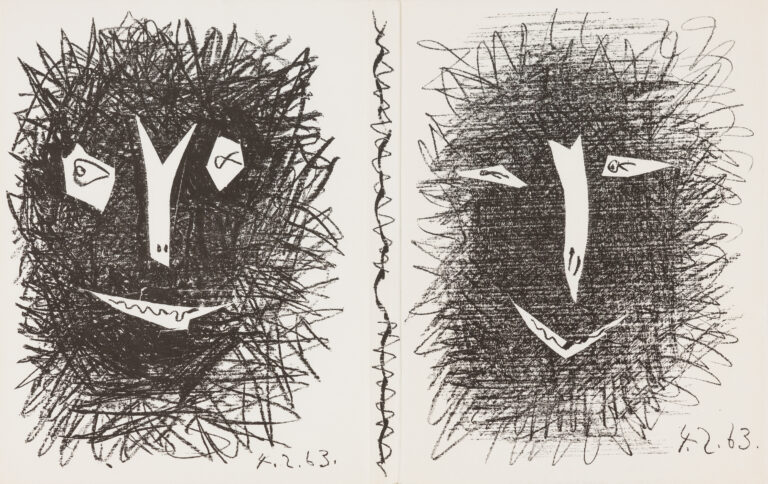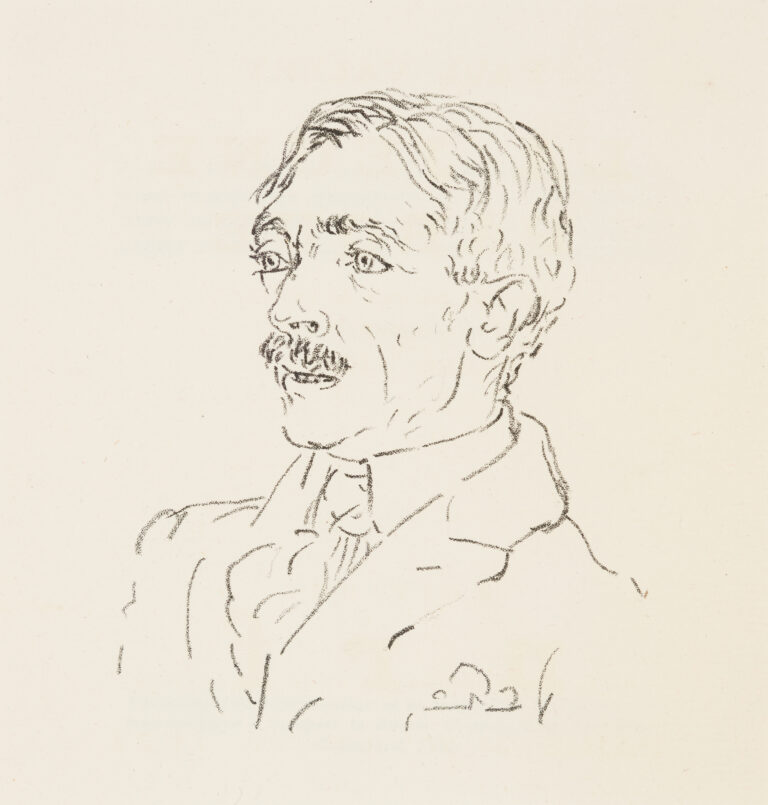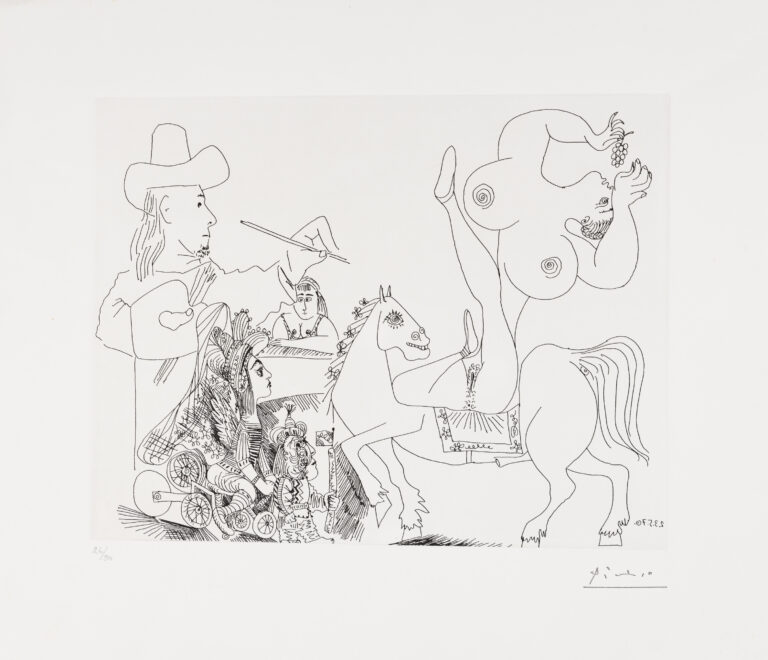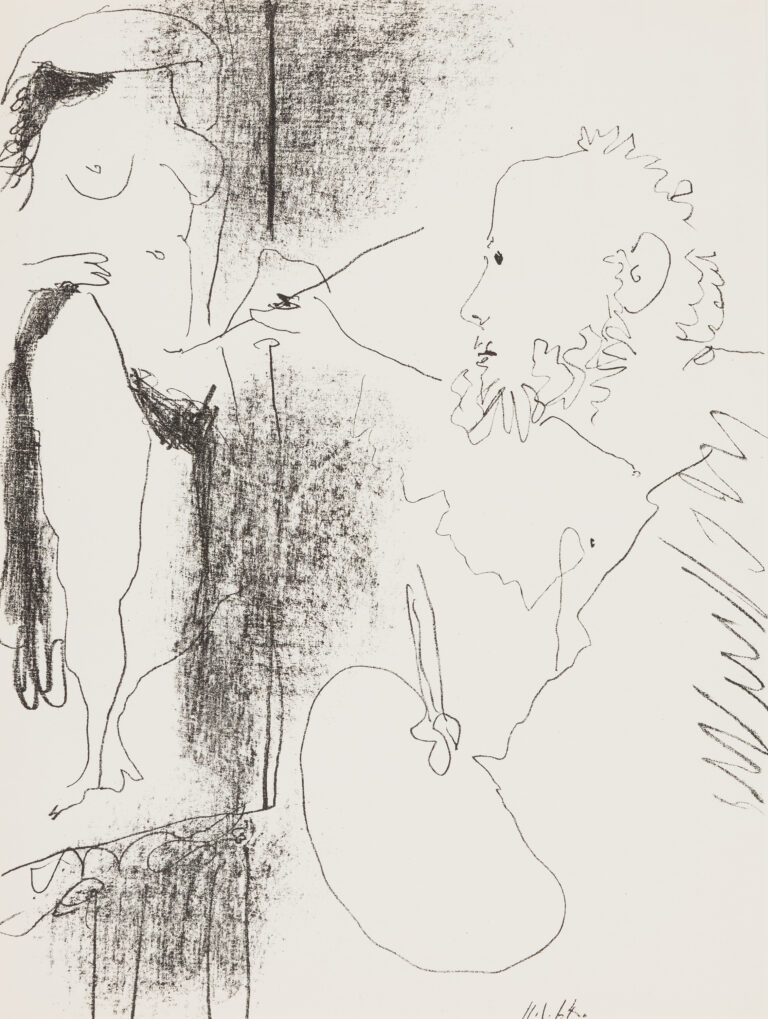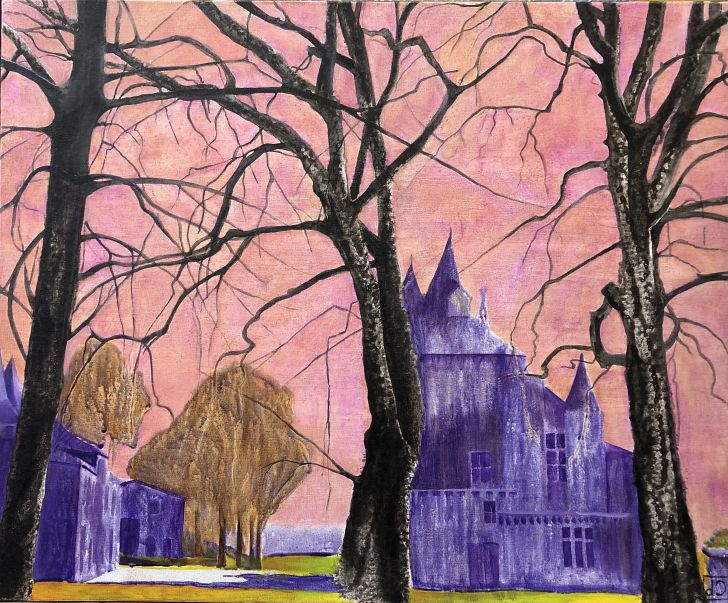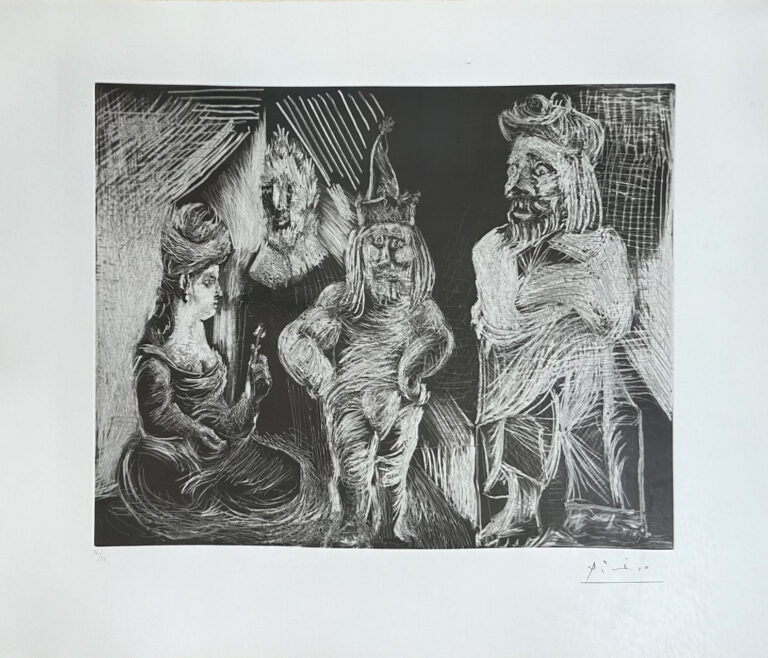(1881-1973)
Spain / France – Modern Art – Cubism, Expressionism – Pablo Picasso
Vita:
Even as a student, Pablo Picasso’s extraordinary talent is recognized. His father, who was a drawing teacher, began promoting his son and giving him painting lessons. At the age of 14, the ambitious artist passed the extremely difficult entrance exam for the “La Lonja” art school in Barcelona. Only two years later, the artist was given the opportunity to present his pictures to the public for the first time. After great success and positive criticism, he decided to move to the Spanish capital to study at the “San Fernando” art academy. After his studies, Pablo Picasso went to Paris with his best friend to get to know the local art scene. At the age of 19, he was enthusiastic about the city and the art there. Inspired by this trip, he painted a large number of pictures every day. Influenced and shaped by Paul Cezanne, Edgar Degas and Henri de Toulouse-Lautrec, he began to observe and draw outsiders from society. After his best friend took his own life out of lovesickness, Pablo Picasso decided not to paint any more happy pictures. This phase of his artist life was also called the „blue period“. The next formative step in his life was the decision to move to Paris. Pablo Picasso met Fernande Olivier on site, with whom he also fell in love. Inspired by his new attitude towards life, he ended his blue period and began again to paint colorful and optimistic pictures. He called this creative period the „Pink Period“. Following on from this period, Pablo Picasso began to work on a new art direction. He achieved a great stir with the idea of reducing objects to geometric sculptures. Between 1907 and 1914 he perfected the newly emerging art style, Cubism, together with his friend Georges Braque. Its popularity grew and the public interest was enormous. Countless exhibitions and honors for his unique oeuvre followed.
Work:
Pablo Picasso is one of the most important artists of the 20th century. His work does not only include paintings, he was also active as a graphic artist and sculptor. His art can be divided into several creative periods, the blue and pink periods. In the blue period, the artist comes to terms with the dramatic loss of his friend. The paintings that were painted at this time were characterized by greenish and bluish color accents, which ensure that the pictures radiate a certain melancholy and sadness. In this phase one can see strong influences of Expressionism. In his second phase, the pink period, he was heavily inspired by Paul Cezanne and expanded and perfected Cubism. At that time he mainly painted still lifes. In contrast to analytical cubism, the artist deals with so-called “collage” in synthetic cubism. This is characterized by the fact that he gives his pictures a three-dimensional impression using different materials, such as sand or wood.
